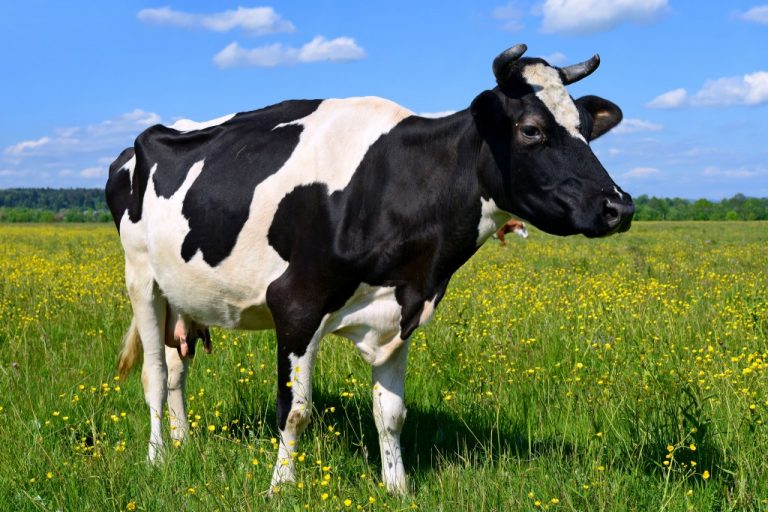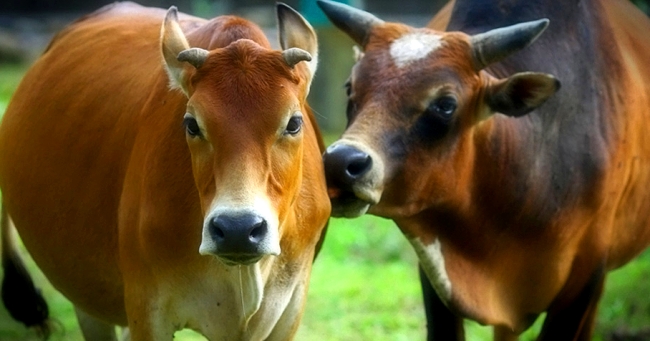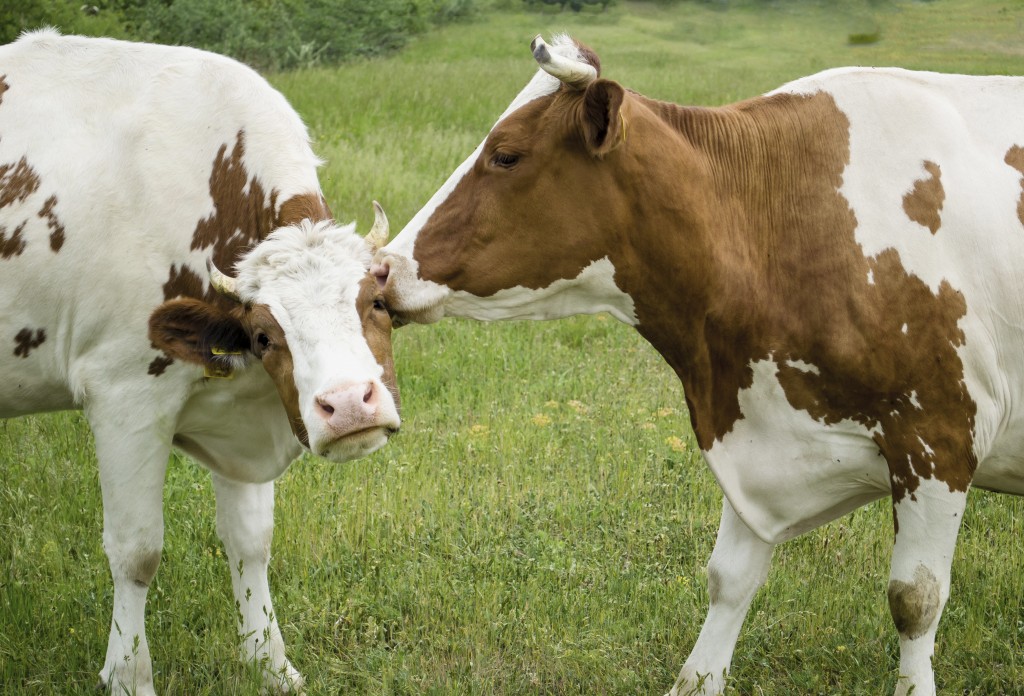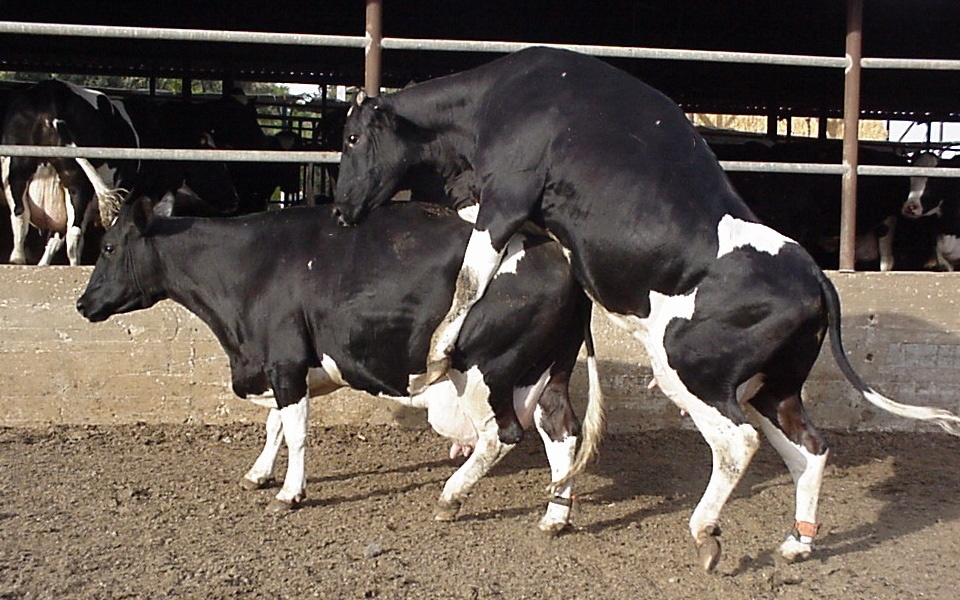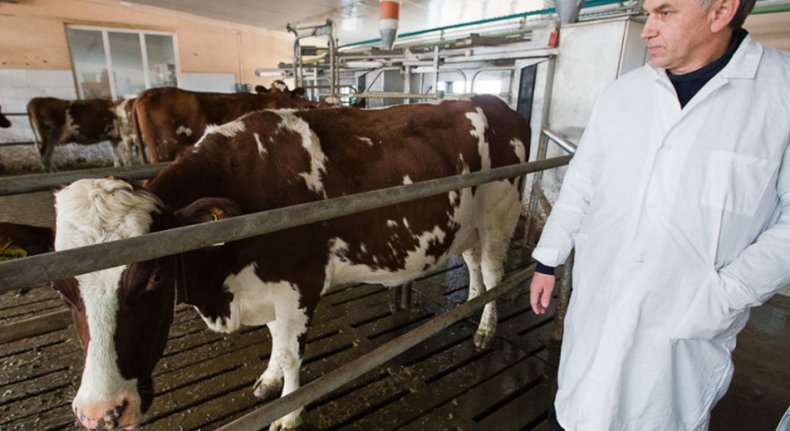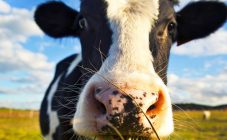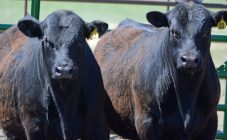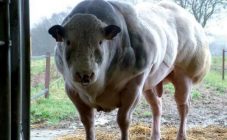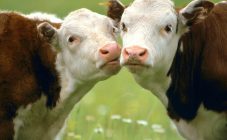Content:
Every breeder knows that if a cow does not come to hunt, then this is a reason to take urgent measures. Breeding cattle is a profitable but painstaking business. Inexperienced beginners have a difficult time. To get calves, it is important to know when adult heifers begin to heat, how long the pregnancy lasts, how to determine readiness for mating by domestic methods, what signs indicate the onset of heat, if the cow does not come to heat, what to do.
General rules for caring for a cow at home
The cow is a rather whimsical animal. Quickly begins to lose weight and shed milk if it stays for a long time in a stuffy, cold or damp room. When caring for an animal at home, it is important to create optimal conditions for keeping:
- It is better to place the room near the garden, vegetable garden at a distance of 15-18 m from the house.
- It is worth using logs, planed boards, bricks, foam concrete with excellent thermal insulation as material for the barn.
- The floor is filled with concrete for durability and hygiene.
- It is imperative to equip ventilation with a pipe for air outflow.
- Cows are raised on farms with the aim of making a profit in the form of calves. Burenka should choose a thoroughbred one with good milk yield. The best breeds: Kholmogorskaya, Yaroslavl, black and white, Lebedinskaya, Dutch. When buying, it is worth examining the cow physique. The body should expand towards the rear. Outwardly, the cash cow looks angular, not too fat and does not look like a bull.
- When keeping cattle, barns are periodically disinfected. In winter, it is important to keep animals warm with adequate light, and in summer, in areas under a canopy from the sun and rain.
- The best cow is an average-fed one, so you cannot oversaturate food with healthy foods, but you should not underfeed either. A thin animal quickly loses weight, reduces milk production and often becomes barren, while an overweight animal, on the contrary, may lose its appetite. It will take many months to recover.
- Any kind of waste from a vegetable garden or garden is suitable for food. It is important to feed it with straw, hay, grain at least 2 times a day. In winter, feed with dry grass and pellets. Be sure to fill the drinking bowls with warm water.
- It is desirable that the diet of the cow includes potatoes, beets, spring straw, hay, corn silage. Of course, animals may have different nutritional needs. You need to feed taking into account weight, daily milk yield, age, pregnancy.
- Heifers reach puberty at about 7-8 months, and physiological maturity at 18 months with a weight of 300-400 kg. The sexual cycle is 21 days. When a cow begins the hunting period, visual signs appear: arching of the back, lifting of the tail, mooing, swelling of the external genital organs.
- The gestation period lasts 250-300 days. Approximately 48 days before giving birth, the cow is stopped milking, that is, it is started to avoid the birth of weak offspring. If the animal is productive enough, then you need to stop milking gradually, reducing the addition of concentrates and juicy feed to food. If the amount of milk produced per day does not exceed 4 liters, then 2-3 months before giving birth, the cow is not milked at all.
When a cow comes hunting after calving
How many days after calving do cows go hunting? After about 36 days. The term can shift in one direction or another. There are many factors that influence the animal to take a spree:
- diet;
- health status;
- past childbirth;
- conditions of detention;
- season;
- breed;
- features of the cow's body.
Signs of hunting in a cow at home
It is possible to determine that the animal is ready for mating by the following signs of hunting in cows:
- lifting the tail up;
- arching the back;
- past heat the day before;
- redness, swelling of the genital external organs;
- excessive fearfulness;
- softness to the touch, relaxation of the ligaments on the sides;
- discharge of mucus from the uterus.
Revealing readiness is not difficult. As a rule, the animal becomes restless, begins to behave inappropriately, constantly hums.
Of course, signs of readiness to hunt are obvious if the owner has a single cow. If the herd is large, then you should pay attention to the behavior of the females. The main signs in cows ready to mate are:
- constant mooing;
- anxiety;
- loss of appetite;
- increased motor activity.
Females in the hunt begin to admit the bull. They stand in front of him motionless, arching their backs.
It is difficult to determine mating in first-calf heifers, which is usually quiet during the first 2-3 cycles. Their behavior changes slightly. Vaginal discharge may be scanty and signs of heat may be smeared.
If the maturation of the ovum in the heifer is normal, then to determine the state of heat, experts on large farms use instrumental methods, for example, an estrus detector, which measures basal temperature.
Heat process
Heat flow (mucous discharge from the vagina) in cows begins during the period of excitement, an increase in estrogen levels immediately before the start of the hunt. Techka is the period when a cow is ready to accept a bull. It is the secretions from the genitals that serve as a kind of lubricant during mating and help the sperm easily get to the uterus.
About a day after the onset of estrus, cows begin to ovulate - the release of an egg from the follicle. During this period, fertilization with bull sperm is likely. Approximately 2-5 days after estrus, cows should experience a stage of inhibition - the formation of a corpus luteum at the site of a ruptured follicle. During this moment, the cow becomes calmer for up to 2 weeks and does not allow the bull to approach her. This means that the primary insemination of the heifer on the hunt did not occur. After some time, the manifestations of hunting will be repeated a second time.
You can understand that a cow is in heat by the following signs:
- swelling, redness of the vulva;
- tousled hair on the lower back at the base of the tail;
- discharge of transparent secretions.
The best period for conception is 12 hours after the onset of estrus. To determine it and ovulation, specialists use a detector with a tip inserted for 1 min. in the vagina.The screen will show the values - whether the cow comes to hunt or not.
How many hours does a cow walk
A cow walks about 11-18 hours. In winter - 10-12 hours. It happens that sexual heat is delayed for 36-38 hours. About a day later, the cow begins ovulation with the release of a ruptured follicle from the egg. A covered cow inseminated with semen while hunting may soon be pregnant.
It is not difficult to notice that the cow has walked in the herd. If at the beginning of estrus he admits a bull, then a little later she begins to hunt and perch on it.
Why does not a cow walk and what to do
If the cow is not walking, then the reasons may be as follows:
- hormonal imbalance caused by poor nutritional status;
- lack of weight is a sign of a lack of strength in the animal or an insufficient recovery period after the previous calving;
- infectious and inflammatory diseases;
- pregnancy is a good sign for farmers;
- ovarian cyst.
It happens that a cow shows a long-term interest in the bull, leads a false hunt. Blame it all - hormonal imbalance or past childbirth with complications. It is likely that for the normalization of the sexual cycle, you need to wait time. The hormonal background for subsequent mating should be fully restored.
New farmers often ask why the cow is not covered, what to do. If the reason for the lack of hunting is established, then veterinarians know different methods by which a cow can be brought into hunting:
- Perform rectal massage of the uterus and ovaries for 5-7 minutes, stretch the uterine cervix and vagina.
- Pour a hypertonic solution into the vagina: 2-3 tbsp. tablespoons of bicarbonate in 0.5 liters of distilled water.
- Wash the vaginal neck with a concentrate of warm water and sugar or a solution of soda (2%) to increase the likelihood of fertilization.
- Veterinarians induce hunting in an animal with hormonal stimulants with a single injection of a hormone (serum) up to 300 U. However, hormone overdose should not be tolerated and administered to malnourished cows.
- The stimulating drug estrophan, which contains a large amount of vitamins, has proven effective. The course of treatment is 10 days, after which artificial insemination can be carried out.
To get successful results, you need an integrated approach to solving the problem. It is hardly possible to bring a cow into the hunt only with medicines. Farmers are advised to monitor the well-being of animals, creating optimal conditions for their mating.
Advice and guidance from experienced breeders and veterinarians
If the reason why the cow does not want to walk is not pregnancy, then experts advise:
- Revise the diet, daily feed intake, taking into account the weight of the animal.
- Add vitamins and minerals if the cow is thin and not ready to mate.
- Contact veterinarians for prescribing medication to stimulate hunting. Perhaps experts will prescribe hormonal treatment.
- Check the cow for endometritis 1-2 weeks after calving, because it is this disease that often causes a decrease in the functions of the reproductive organs.
- It is not recommended to let the cattle constantly mate, so it is important to relieve excessive excitement, monitor the condition of the cow and her sexual relations.
- Timely respond to unpleasant cow symptoms (tears, pains), inappropriate behavior. It is their timely elimination that will have a beneficial effect on subsequent fertilization and pregnancy.
- It is important to understand that the health of a cow's offspring depends precisely on her general well-being.
- Pregnancy and coverage is a good sign. If the lack of hunting is associated with this phenomenon, then it is not difficult to understand that the cow is covered. She becomes calmer but more cautious. Doesn't refuse any food. However, farmers advise to carry out a pregnancy test.The chemical composition of milk will indicate changes in the body. After about 1 month, if covered, a blood sample should be taken to determine the cow's condition.
Timely detection of pregnancy by the hormonal composition of the biological fluid is a win-win option. An ultrasound scan will help you find out the condition of the reproductive organs and the uterus. The method of palpation or feeling is effective. You can put a drop of milk in a glass of cold water. Complete dissolution will indicate pregnancy, spreading over the surface - the absence of fertilization.
If you follow all the recommendations of experts, then the cow is unlikely to have problems with hunting. However, it is important to monitor the well-being of the animal, regularly contact veterinarians, creating acceptable conditions for mating.
